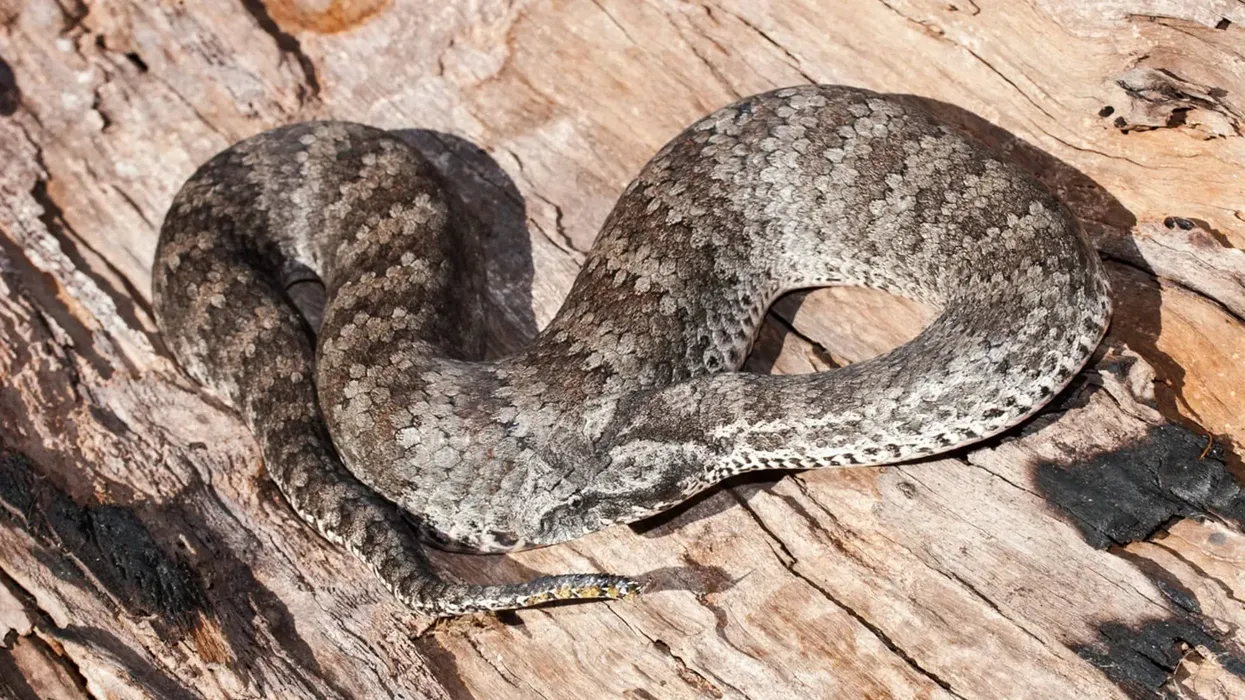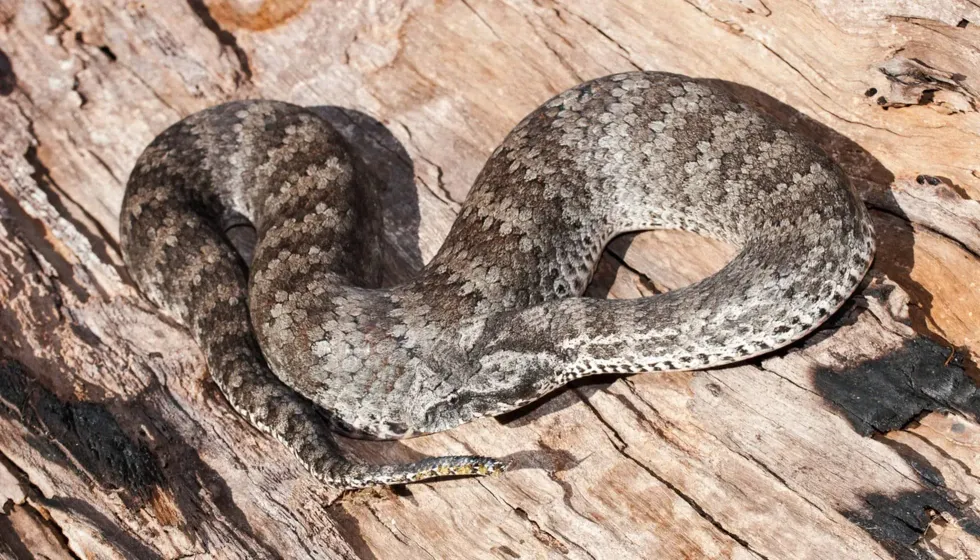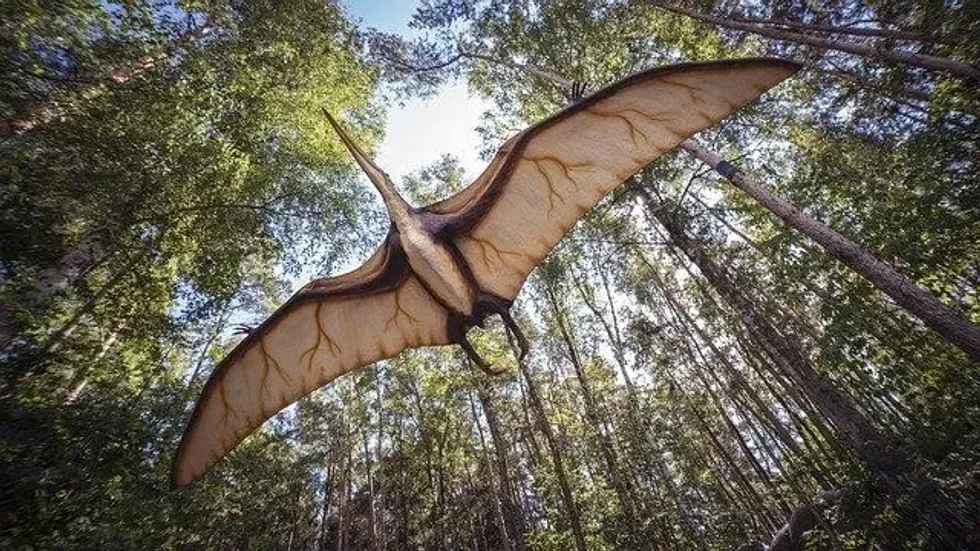The search for the most venomous Australian snake will land you right in front of the Common death adder. Are you wondering where to find them? Their habitat range covers Queensland, New South Wales, South Australia, and Victoria.
These Australian death adders are hard to find in Northern Territory and Western Australia. They fall under the Reptilia class, order Squamata and genus Acanthophis. Having the longest fangs of any Australian species of snakes makes them unique.
The cane toads eating the young adders are a threat to Common death adder survival. The reproduction is through internal fertilization. They give birth to live young ones and the young adders are independent at birth.
Leaf litter is a favorite hideout for these masters of camouflages. Their ambush predation might look like a game of peekaboo to their unsuspecting catch. Humans kill the Common death adder for fear of these deadly animals. A bite from these Common death adders can disable the entire neuro system of humans. Their venom bite can be fatal.
These facts must have piqued your interest further. Read on, and after, here are more species from class Reptilia to be discovered right here; Texas indigo snake facts and bullsnake facts.
Common Death Adder Interesting Facts
What type of animal is a common death adder?
The title of the most venomous snakes globally, land-based, goes to the Common death adders species of snake.
What class of animal does a common death adder belong to?
These Common death adders belong to the Animalia Kingdom, phylum Chordata, Reptilia class, order Squamata. The standard features distinguishing these animals are exothermic or cold-blooded animals. They have scales on their bodies and are most commonly burrowing or terrestrial beings.
How many common death adders are there in the world?
The population size of the Common death adders is unknown. But it can be deduced from their conservation status that their population is flourishing well throughout its habitat.
Where does a common death adder live?
The Common death adder (Acanthophis antarcticus) prefers to live in forests, grasslands, woodlands, and coastal regions. Their habitat is distributed amongst the eastern and southern coastal regions of Australia. The range covers New South Wales, Victoria, Queensland, and South Australia. Their population is deficient in Western Australia and the Northern Territory of Australia.
What is a common death adder's habitat?
The Common death adder, Acanthophis antarcticus, chooses to remain hidden in the camouflage of leaf litter and debris in the forests, shrublands, and grasslands. Their habitats are primarily in temperate and tropical climate zones.
Who do common death adders live with?
The Common death adder, Acanthophis antarcticus, is a solitary creature. They are highly territorial and depict nocturnal behavior. The Common death adder snakes in Australia are known to be ambush predators.
They hide in leaf litter for the prey to approach their lure of the twitching grub-like tail. They attack the prey with their venom and wait for the prey to die before consuming it. In captivity, these snakes cannot be placed with any other animals.
How long does a common death adder live?
The Common death adders can live up to 15 years in the wild and up to 20 years in captivity. But they have a threat in the form of loss of habitat and Cane toads' invasion. The toxic glands in the skins of Cane toads are fatal to the Common death adder species.
How do they reproduce?
The breeding season for the Common death adder is late summer or spring. The pheromonal signals attract the male and female to one another. The male comes on top of the female for mating and places his tail underneath her.
The gestation period of the Common death adders is about six to nine months. The females give birth to 3-20 live young ones. In about two years, the males reach their sexual maturity, and females are of reproductive age after three and a half years.
What is their conservation status?
The IUCN Red List classifies the Common death adders as a Least Concern species. The population of the Common death adder is widespread in its habitat, and there is no study found to arrive at the exact population count of these Australian snakes.
Common Death Adder Fun Facts
What do common death adders look like?
The Common death adders have a prominent flat triangular head and red, brown, and black patterns running the length of its body. The Common death adders' tapering tails and overall appearance give them excellent camouflage in the leaf litter.
The fang length of the Common death adder is 6.22 mm. Their body has regulated patterns in brown, red, and black with a gray, pink, or cream underneath the body. Belonging to the Elapidae family, they have permanent erect fangs.
How cute are they?
To a non-snake enthusiast, the Common death adders may not appeal to the eye with their slimy and unique body structure.
How do they communicate?
The Common death adders are solitary animals and indulge in limited interactions. The mating time exhibits their chemical modes of communication where the male and female can trace each other employing pheromones.
Tactile modes can involve twitching, jerking, or coiling of bodies. They can also perceive threats by vibrations detected from the ground. They have a specific threat display in which they rear themselves upright and spread their neck-flap.
How big is a common death adder?
The body of the Common death adder can grow up to 3.3 ft in size. They are half the size of Coastal Taipan, whose body can be as long as 8 ft.
How fast can a common death adder move?
The exact speed with which they move is unknown, but the Common death adders are very fast in their striking of prey. They attack their prey in less than 0.15 seconds and can immobilize the body of the game in a short time.
How much does a common death adder weigh?
The Common death adder can weigh as much as 5 lb. They are much heavier than the deadliest snakes, black mambas that weigh only 3.5 lb.
What are the male and female names of the species?
The male and female Common death adders are called male or female Common death adders. A group of Common death adders can be called a den, pit, nest, bed, or knot.
What would you call a baby common death adder?
The name of the baby Common death adder is neonate as they are born as live young ones. A baby snake hatching from an egg is referred to as a hatchling. Juvenile Common adder snakes are called a snakelet. The young Common death adder is precocial at birth, meaning they gain independence immediately after birth.
What do they eat?
The Common death adders are carnivore animals by diet. The Common death adder's diet is dependent on small mammals, birds, small reptiles, and frogs.
They remain hidden in the leaf litter and attack their unsuspecting prey. The ambush predators make a lure by twitching their grub-like tails and may wait even for several days to get a piece of diet.
Are they poisonous?
True to their name, the venom of a Common death adder is so toxic or poisonous that the neurotoxin present in it can make your whole body paralyzed by attacking the respiratory tract or even cause death in six hours.
This Common death adder is the fastest striking snake in the venomous category. It can strike its prey in no less than 0.15 seconds and inject venom in the range of 70–236 mg.
There was a 60% mortality rate for the bite of these snakes until the anti-venom was found in recent times.
Would they make a good pet?
These highly poisonous snakes are better left off in the wild. These snakes are not recommended as pets for ordinary animal lovers. They are exclusive for snake enthusiasts capable of handling them with proper care and precaution.
Did you know...
The genus Acanthophis was created by french naturalist François Marie Daudin, placing Common death adder as the only species in this genus.
These snake species have the fastest strike rate to attack their prey amongst all the venomous snakes found in Australia.
The name Common death adder was originally called Deaf adder, coming from the inability of the snakes to hear. The term Deaf adder later evolved to become Death adder.
George Shaw had first named these species as Boa Antarctica.
What is the most venomous snake in the world?
The Western Taipan, Inland Taipan, and the African Black mamba are the names that come up when we discuss the most venomous snakes in the world. The very name of these snakes sends chills down the spines of the locals for their aggressiveness and ferociousness.
What animal kills the most snakes?
Old folklores and legends will have us hearing very often that the Mongoose is the mortal enemy of all snakes. Yes, it is indeed very accurate; the Mongoose is the largest predator of snakes. A few other significant predators include the Honey Badger, King Cobra, Secretary Bird Hedgehog.
Here at Kidadl, we have carefully created lots of interesting family-friendly animal facts for everyone to discover! Learn more about some other reptiles from our crested gecko fun facts and frilled lizard interesting facts pages.
You can even occupy yourself at home by coloring in one of our free printable common death adder coloring pages.










